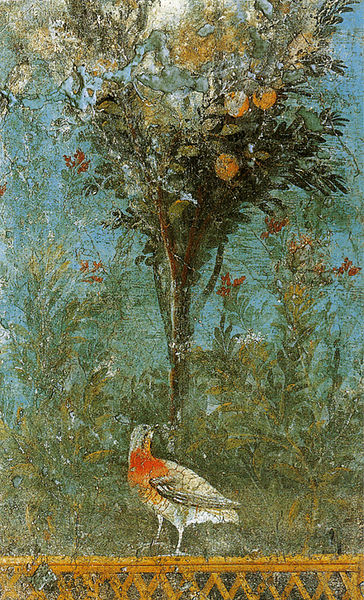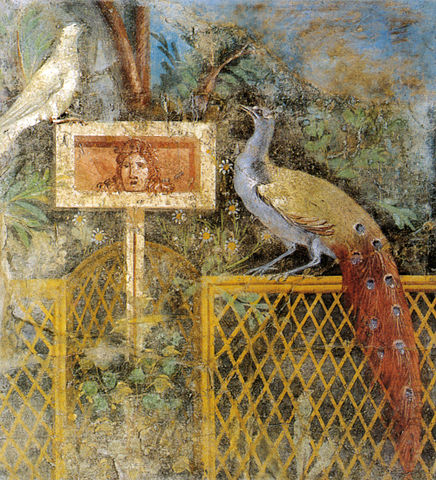Writing Thai Words in English.
Romanization or latinization of Thai language means writing it in Roman or Latin letters, the ones used in the English language.
Latin or Roman script is the standard way of writing most Western and Central European languages, forming the basis for many alphabets. The TU Libraries own a number of guides to romanization of the Thai language.
One reason why Thai young people cannot spell or pronounce English.
Experts in early childhood education tell us that small British or American children first learn to speak, read, and write by recognizing letters and how they sound. They are given a card with the letter N on it and go through words beginning and ending in N until their brains associate the letter with how it must sound. A card with the letter T printed on it will educate youngsters about how to spell and pronounce words using that letter. By comparison, young Thai students are given total confusion. Common romanizations of Thai names and words often have no relation to the way the words sound. If your name is pronounced something like Poonsook or Punsuk, it might be spelled Poolsook. You can visit a hospital whose name sounds like Sirirat, but it is spelled Siriraj. If your name sounds like Kitt’nan, it may be spelled Kittanun. Of course there are reasons for these confusing spellings, due to the languages which contributed to modern Thai. Over half of the words in Thai are borrowed from Pali, Sanskrit, and Old Khmer. Attempts to preserve some of the original linguistic sources further complicate romanized spellings today. But these reasons, however time-honored, have a negative result for Thai people. Some Thai speakers of English never learn to associate Roman letters with the sounds they should almost always make. Without learning these instinctively, they never feel secure about the sound or substance of the English language.
Confusion for farang too.
Although less critical than the harm done to teaching Thai children English, confused romanizations also make life difficult for farang visitors. A Thai person’s name as it is typically romanized gives little clue to a farang how the name should be pronounced. In Thailand, romanizations are usually based on British English, even though Thailand was never a British colony. The greeting Sawatdi is generally spelled Sawasdee, even though the word does not in fact sound like Sawasdee. A rarer alternate spelling, closer to the way the word sounds, is Sawatdee. The word for island, which sounds something like kaw is spelled Ko or Koh. Until Thailand’s Ministries of Culture, Education, and Tourism can get together to decide whether a word should be romanized as Nakhon, Nakorn, or Nakhorn, this confusion will continue. Even within the Tha Prachan campus, we can find signs with different spellings of the name Puey Ungpakorn or Puey Ungphakorn, even though Dr. Puey himself apparently preferred the first spelling. If you take a long drive anywhere in Thailand, you will see the name of your destination spelled different ways in Roman letters along the same highway.

A longstanding problem.
The challenge is not new. Since the 1600s, when Europeans began to visit Siam frequently, a random custom of romanization began. This depended on the native language of the farang in question, as well as how closely they were listening to the sounds of the Thai language to reproduce it in a different alphabet. In the early 1900s, His Majesty King Vajiravudh (Rama VI) suggested a graphic system for romanizing Thai script, as published in the Journal of the Siam Society in 1913. In his article, King Rama VI observed:
I have read, with much interest, the discussion by the Siam Society of this vexed question, and I agree that some sort of system should be adopted so as to ensure at least a measure of uniformity in the transliteration of Siamese words… The question of romanisation has however interested me for some time, and I have also felt the need of some uniform method of transliteration. I have been trying a certain system, which has been used for some little time past in Court Circulars; but I have nevertheless felt that it is still imperfect, and even in Court Circulars, the transliteration of proper names has not been quite uniform.
Since that time, many systems have been suggested and even implemented to a certain extent. These were announced and put into effect in 1932, 1939, 1968 and 1999. The first-mentioned system was promoted by the Ministry of Public Instruction, and later reforms derived from the Royal Institute of Thailand. None so far has fully resolved what King Rama VI rightly called this vexed question. For the benefit of future generations of Thai students, it is vital that romanization of Thai words begins to resemble the way they sound when pronounced. Until this happens, the current confusion will surely continue. Earlier plans offered good ideas, such as this 1932 statement about romanization:
The general system should be based on pronunciation, that is to say, one sound should be represented by one symbol or letter.
Yet as we have seen, in the Kingdom today this goal is nowhere near being achieved. Whatever the historical legitimacy of past efforts, results can still be improved for better international communication. One such system was presented by the Royal Institute in 1954. This was an attempt to be scientific and consistent in spelling words and road signs. In that year, the Notification of the Royal Institute Concerning the Transcription of Thai Characters into Roman addressed this issue. Yet many problems remain.

A computerized solution?
In 1999, one way to improve the situation was offered in Automatic Romanization for Thai, an article by Thatsanee Charoenporn, Ananlada Chotimongkol, and Virach Sornlertlamvanich of the Software and Language Engineering Laboratory at Bangkok’s National Electronics and Computer Technology Center. These computer scientists argued:
There is a common need in romanizing words in the languages other than English for the global communication. Especially the romanization of proper names are inevitable. Since there is no a mutual standard, writing a Thai word in English letters is not trivial, and it is quite a labor intensive task if it cannot be computerized. In this paper, we propose a new romanization system aiming at initiating the standardization process and implementing in a computer assisting module. The romanization is not a simple one-to-one matching. We need some linguistic rules to restrain the possible combination in terms of pronunciation availability and syllable construction. Before romanizing a Thai syllable, we need to break a word into a sequence of syllables. From the sequence of syllables, we then generate a roman script for it. In this paper, we prepare a syllable construction rule to drive the NFA to produce all possible sequences. The probabilistic n-gram is introduced to find the most probable one. Since there are a lot of ambiguities in breaking a word into a sequence of syllables, we rank the candidates according to their probabilities and apply a general beam search method to reduce the search space.
Despite such efforts, a single person can still have a name romanized in many different ways: Virach, Virat, Virax, Wirach, or Wirat. In 2004, Associate Professor Wirote Aroonmanakun of the Department of Linguistics, Chulalongkorn University, co-authored A Unified Model of Thai Romanization and Word Segmentation with Dr. Wanchai Rivepiboon of the Department of Computer Engineering, also of Chulalongkorn University. Following Royal Institute guidelines, the two experts observed:
Thai romanization is the way to write Thai language using roman alphabets. It could be performed on the basis of orthographic form (transliteration) or pronunciation (transcription) or both. As a result, many systems of romanization are in use. The Royal Institute has established the standard by proposing the principle of romanization on the basis of transcription. To ensure the standard, a fully automatic Thai romanization system should be publicly made available. In this paper, we discuss the problems of Thai romanization. We argue that automatic Thai romanization is difficult because the ambiguities of pronunciation are caused not only by the ambiguities of syllable segmentation, but also by the ambiguities of word segmentation. A model of automatic romanization then is designed and implemented on this ground. The problem of romanization and word segmentation are handled simultaneously. A syllable-segmented corpus and a corpus of word-pronunciation are used for training the system. The accuracy of the system is 94.44% for unseen names and 99.58% for general texts. When the training corpus includes some proper names, the accuracy of romanizing unseen names was increased from 94.44% to 97%. Our system performs well because it is designed to better suit the problem.
Associate Professor Wirote, who is currently serving as chair of the Department of Linguistics, Chulalongkorn University, updated his program in 2014, and it can be downloaded free for personal use.

(all images courtesy of Wikimedia Commons)

